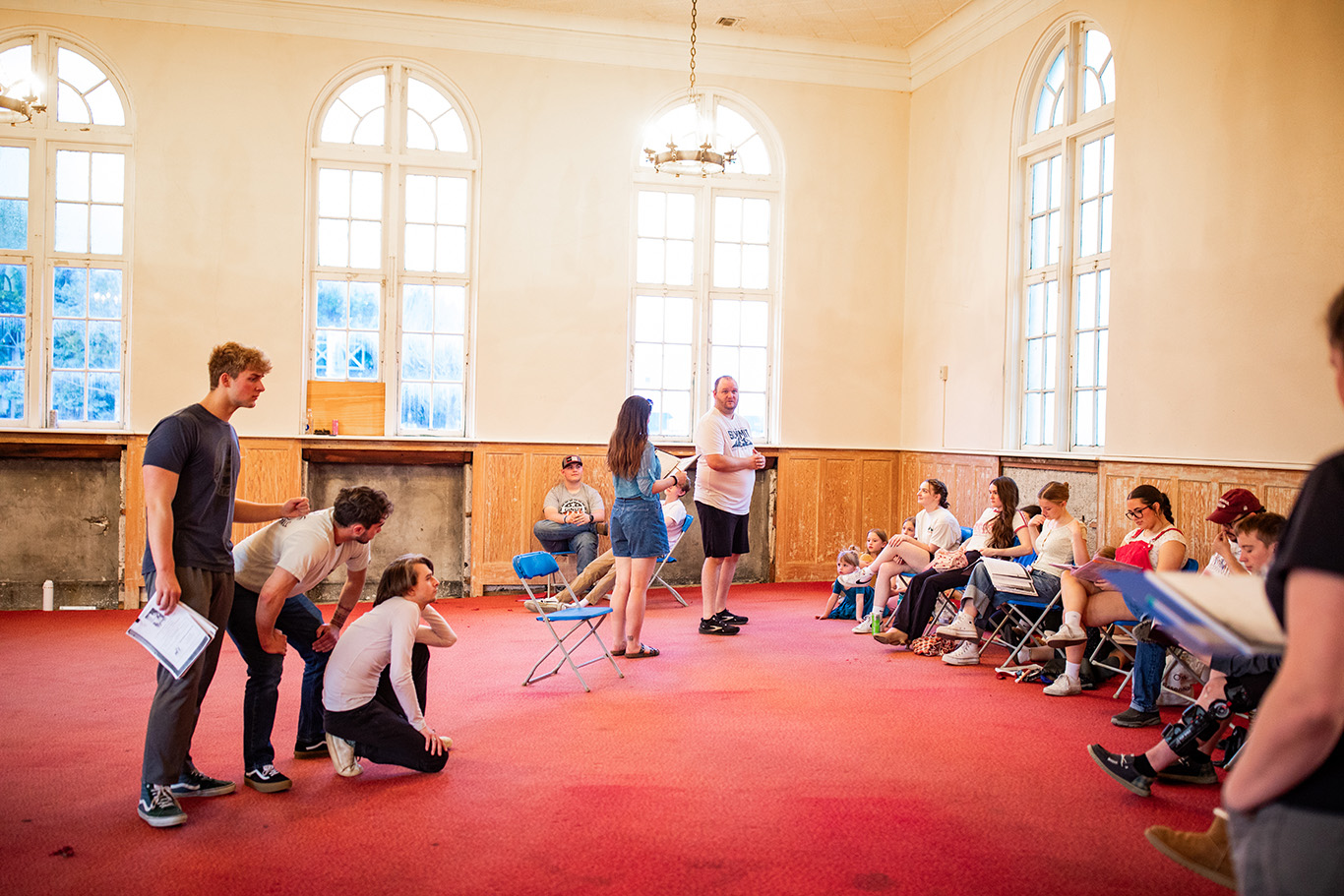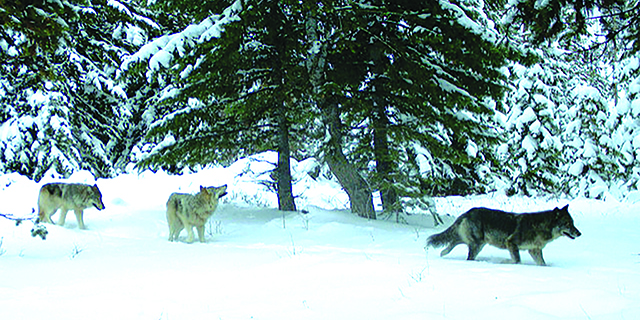Public dig in John Day shines light on Kam Wah Chung
Published 5:00 am Thursday, July 21, 2022

- Archaeologist Katie Johnson looks for artifacts during the Kam Wah Chung public dig on Saturday, July 16, 2022.
JOHN DAY — Archaeologists from Southern Oregon University held a public dig on Saturday, July 16, to wrap up their weeklong excavation of the land adjacent to the former site of Gleason Pool. The excavation was part of an effort to prepare the space for the expansion of the Kam Wah Chung State Heritage Site.
The Kam Wah Chung building is all that remains of a once-sprawling and vibrant Chinese community that lived in Grant County starting in the mid-1800s. At one time, the Chinese population in John Day numbered more than 2,000. Once a general store and apothecary, Kam Wah Chung was the only Chinese-owned business in Eastern Oregon to survive the racist undertones of the time coupled with the influx of non-Chinese clients.
The public was not allowed to dig at the site on July 16 but did get to watch archaeologists in action and ask questions about the excavation process and the fate of any artifacts the excavation unearthed. Exhibits by Southern Oregon University, Oregon State Parks, Malheur National Forest, John Day Fossil Beds National Monument and Friends of Kam Wah Chung also were on site to provide information about local history.
The public dig began at 9 a.m. and lasted until 3 p.m. The dig was followed by a free public lecture from artist and poet Sam Roxas-Chua Yao from 4 to 6 p.m. at the Canyon City Community Center.
Perfectly square holes crisscrossed the land as archaeologists worked to screen the earth taken from the site. Archaeologists were looking for anything from old bottles to period-correct nails in hopes the finds would provide a better understanding of Grant County’s bygone Chinese community and how it lived.
Chelsea Rose, a Southern Oregon University historical archaeologist and director of the SOU Laboratory of Anthropology, said the excavation over the past week gave archaeologists fresh insights into the history of the site.
“There has been excavation on this property for almost 20 years now, and I feel like this time we really kind of broke through to a new level of understanding of what was happening here. It’s a very, very complicated site,” Rose said.
One reason for that complexity, Rose said, is the site’s location at the confluence of the John Day River and Canyon Creek.
“We now know Canyon Creek flooded pretty extremely in 1890, and it almost wiped out Chinatown,” she said. “Some of what we’re seeing is from that. We also know that the residents of this community were mining — the reason Chinatown is here is because of its proximity to the creek, and they were mining on both sides of this little neighborhood.”
Rose said all of this information helps archaeologists understand when the community was established, how long it was there, why there aren’t more buildings that survived and where residents were distributed on the landscape.
The SOU Laboratory of Anthropology tries to do public digs like the one in John Day whenever it can do so without risking disturbance to the excavation site, according to Rose.
“We want to be good guests,” Rose said. “We don’t want to come in, do research for our own interests and never share it with the community. We want to do this research with and for the community.”
She added the goal is to be as transparent as possible and to communicate how important this resource is, not only to John Day and Oregon but also to the history of the Chinese diaspora in the United States.
“We want the people in the community to be invested in it and to be good stewards and to care about the site and understand that it is important,” she said. “The only way to do that is to share what we are finding and to let people feel like they have a stake in this story, because they do.”
Most of the artifacts found during the excavation were shards of glass and broken bottles, along with nails from the period. Rose said most people would see those things and think they aren’t very important, but those artifacts provide valuable insight if looked at through an archaeological lens.
“It’s not Indiana Jones; it’s not the movies. The treasure we find is much more humble in appearance, but it’s still priceless. It’s not a gold statue, but the broken bottles, if we can date to when they were made or figure out what’s in them … to us, that’s treasure,” she said.
“That is a direct connection to a person that lived here a hundred years ago that made a purchase or drank a soda or whatever. That’s what we’re looking for is the human connection. It’s not about monetary value or what would look cool on a museum shelf. Really we’re after the data, and that’s the priceless thing to us.”





